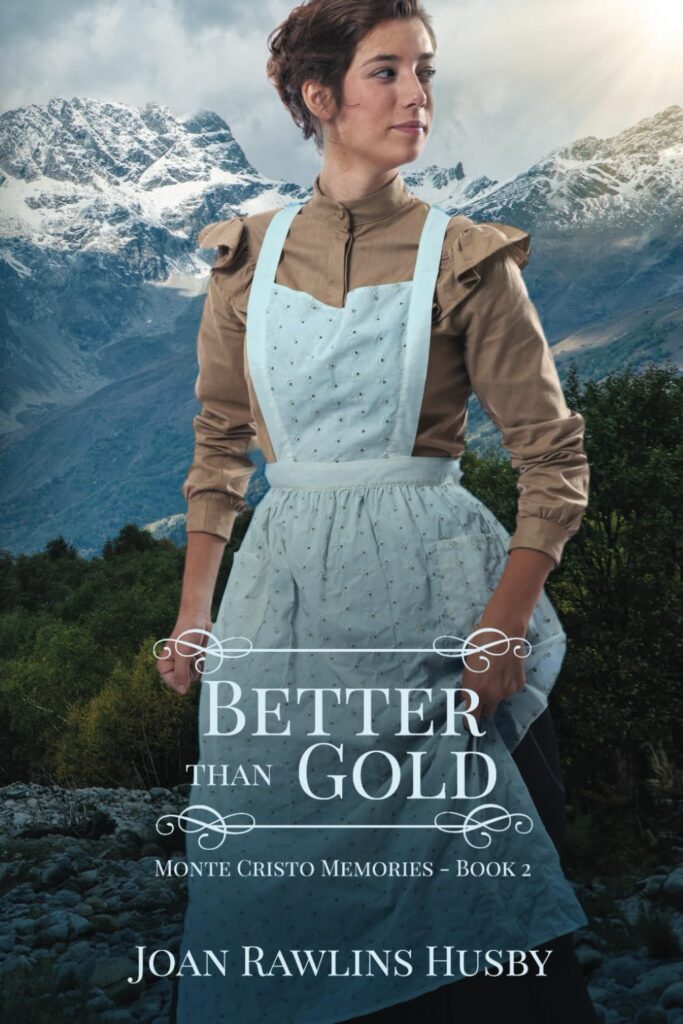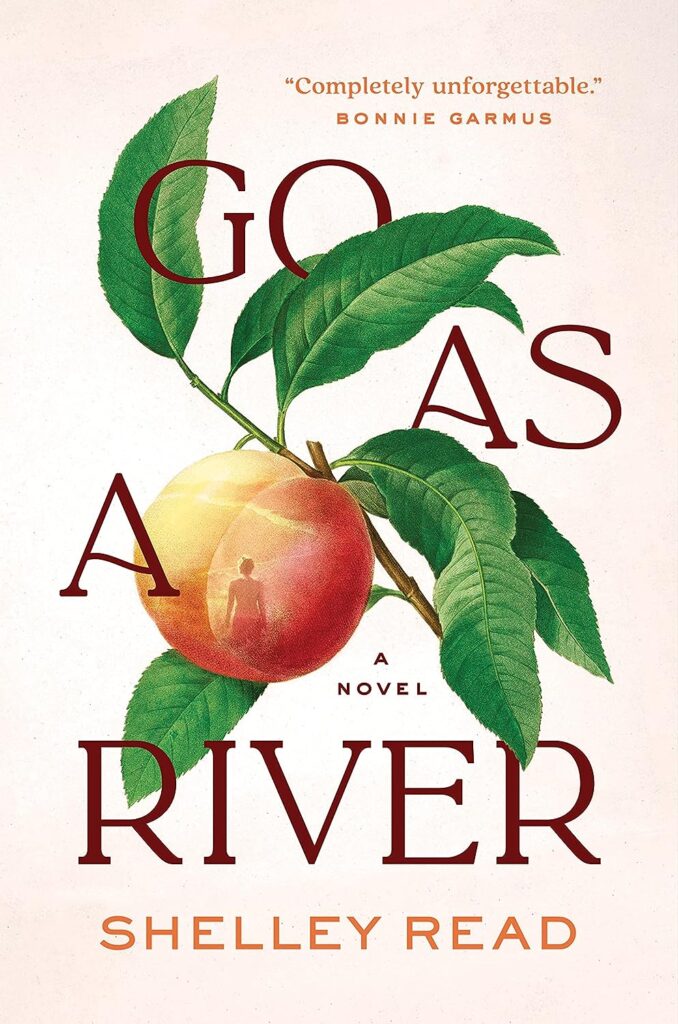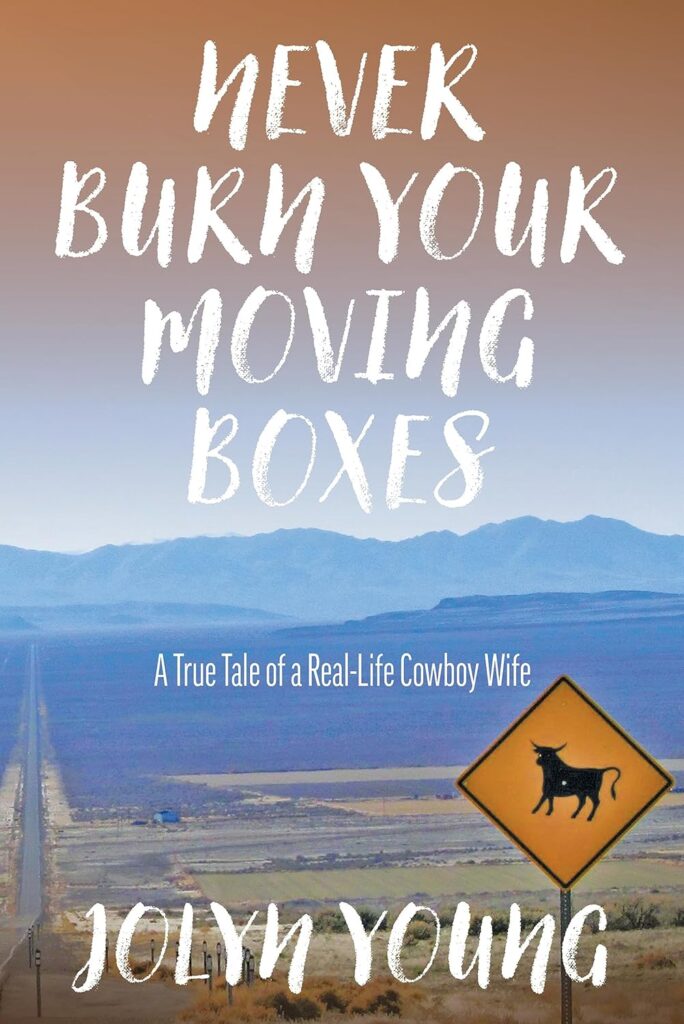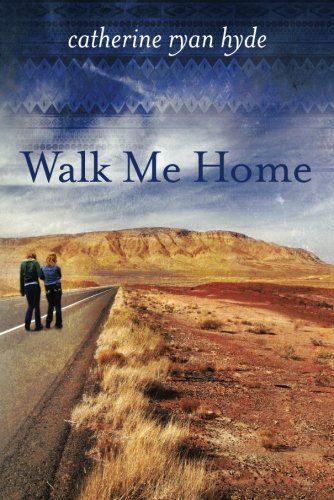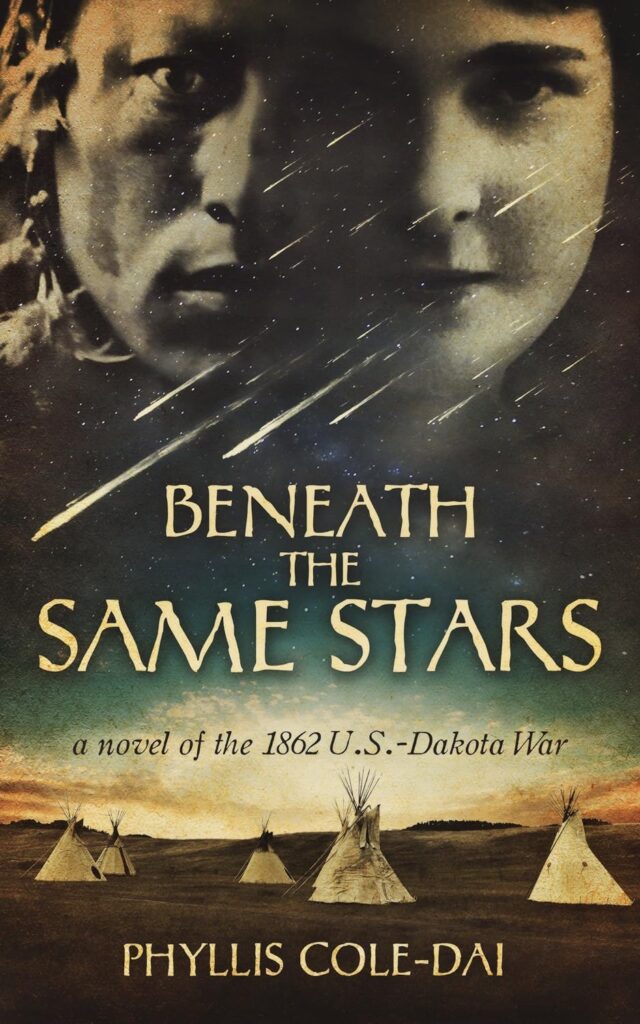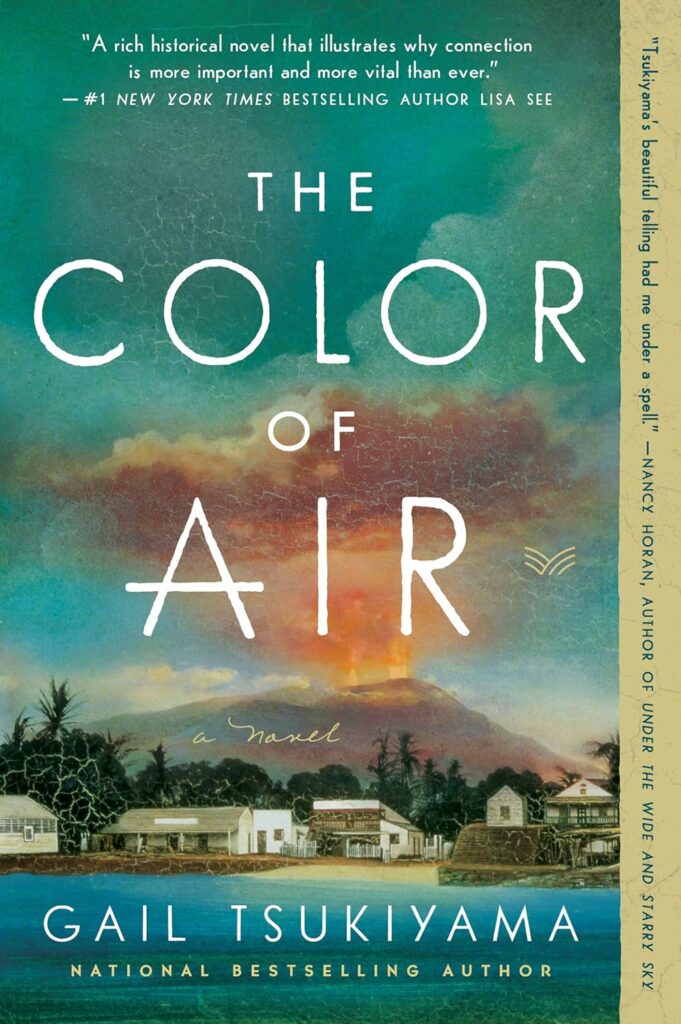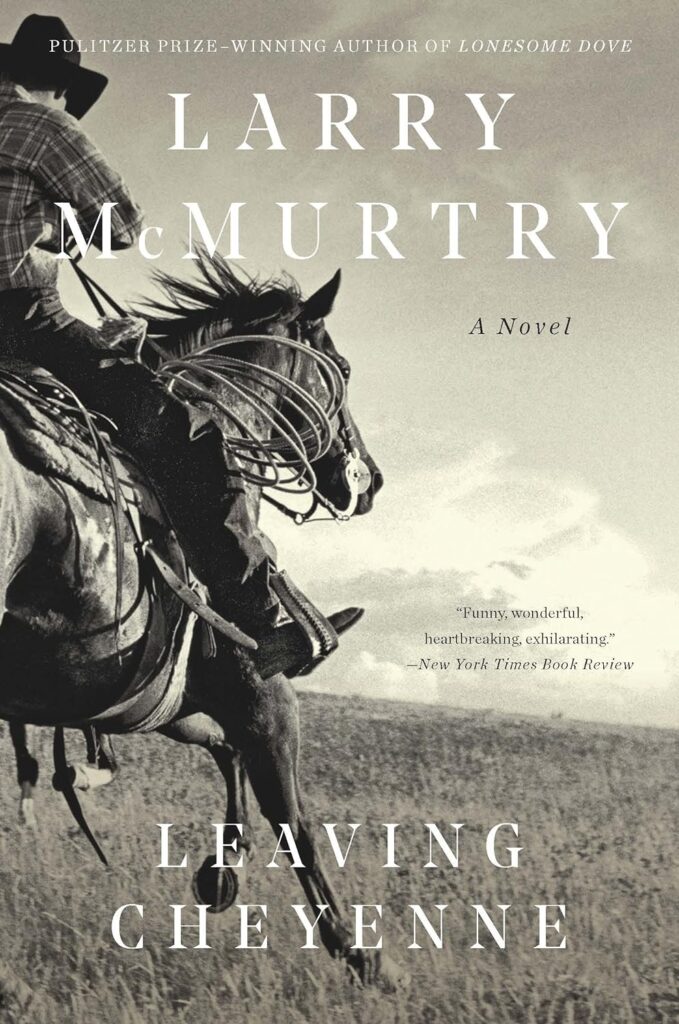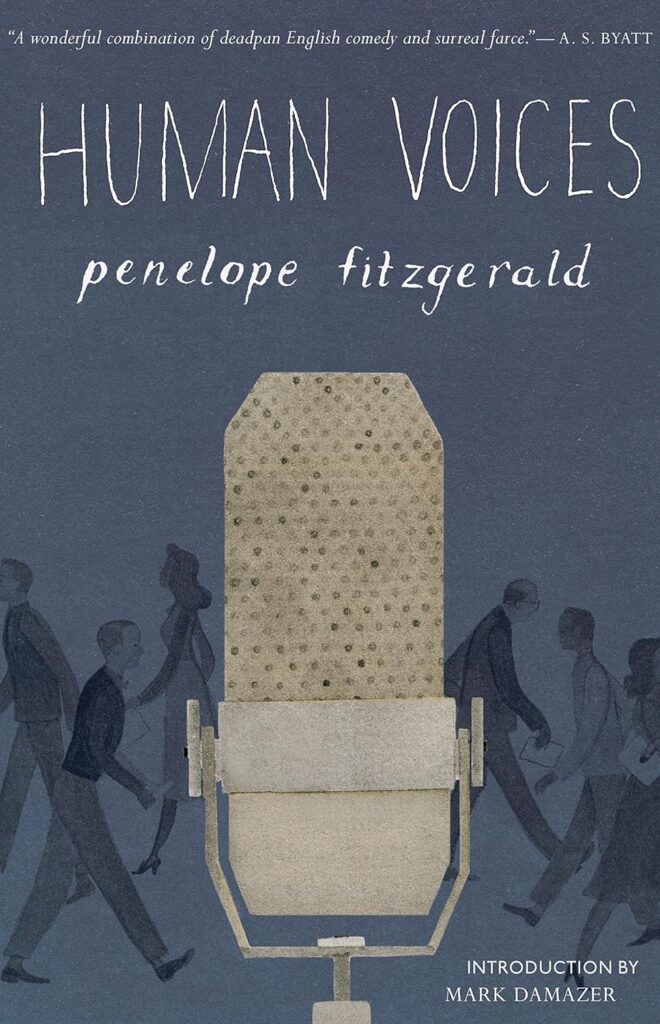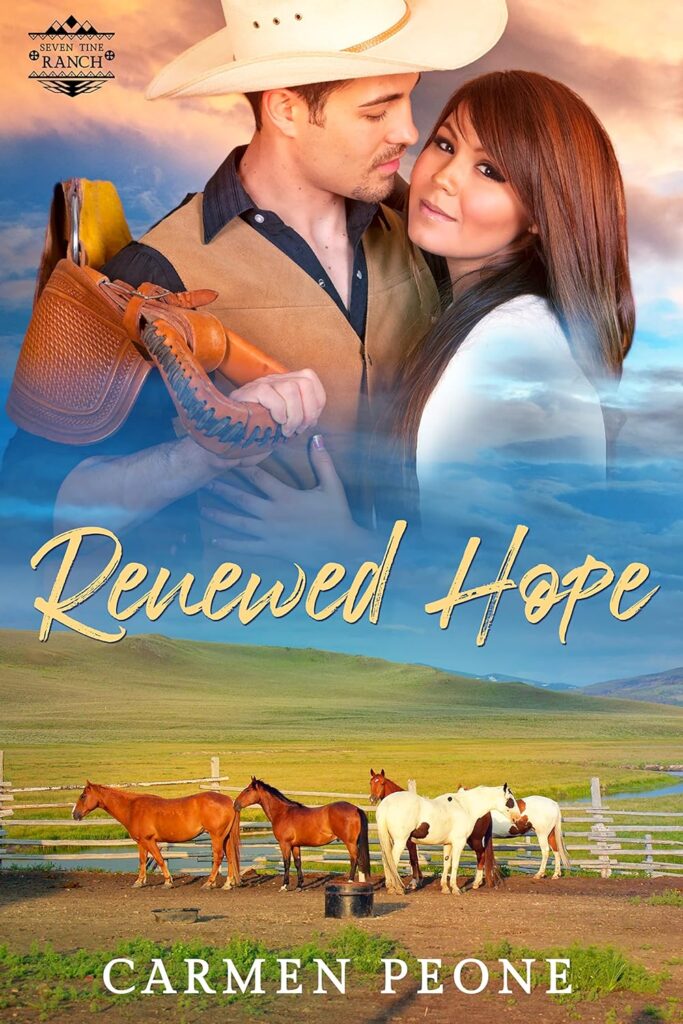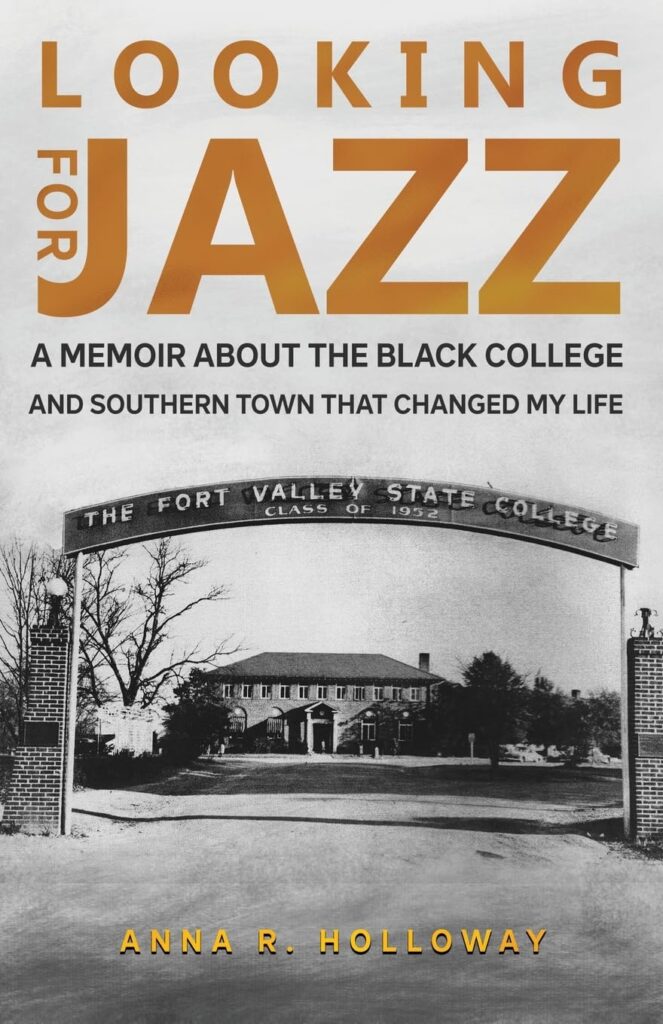Better Than Gold, a novel by Joan Rawlins Husby is the second of the “Monte Cristo Memories” series. The gripping story takes place mostly in the wilds of Alaska, 1898.
In San Francisco, Melinda McCrea makes her way to her bank through crowds of gold-seekers on their way to Alaska. She withdraws the last of her savings to pay for the next semester’s teacher training. After her stop at the bank, she’s accosted by a thief who absconds with her money, plus an unread letter from her fiancé, Quin Chenoweth.
Discouraged that she cannot return to teacher’s training, she and her ward, eight-year-old Evan, who is also her fiancé’s nephew, return to Monte Cristo, a gold-rush town in Washington state. She learns that Quin has taken a new job as a newspaper reporter and is on his way to Alaska’s dangerous Valdez Glacier to report on gold rush seekers. No doubt, he had shared this news with her in his last letter that she hadn’t had a chance to read.
Melinda has a terrifying dream that Quin is in danger. The dream is so urgent, so compelling, that she feels she has no choice but to find him and warn him of impending danger. She boards a ship bound for Alaska, but to her dismay discovers that Evan has stowed aboard. His reason? His uncle Quin had instructed him to take care of Melinda.
They arrive in Valdez, and although she has lived in many gold-rush towns, none of them as rough as this. Melinda finds work to earn enough money to continue her search for her fiancé. Finally, she and Evan set out, bound for Copper River in search of Quin.
What follows is a harrowing venture in dangerously rough terrain and even tougher people. Melinda makes friends, but also an enemy. She relies heavily on her strong Christian faith as she makes her way to find Quin in this vast wilderness.
Joan Rawlins Husby writes with knowledge about Alaska. She lived there for many years, taught school, and with her husband, raised their children in Alaska’s wilderness. Husby is a strong Christian writer with a sense of adventure. I have read other works by this author and heartedly recommend Better Than Gold.


